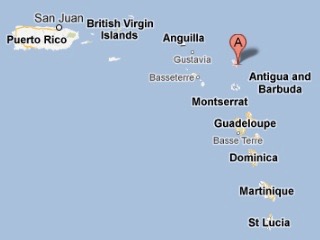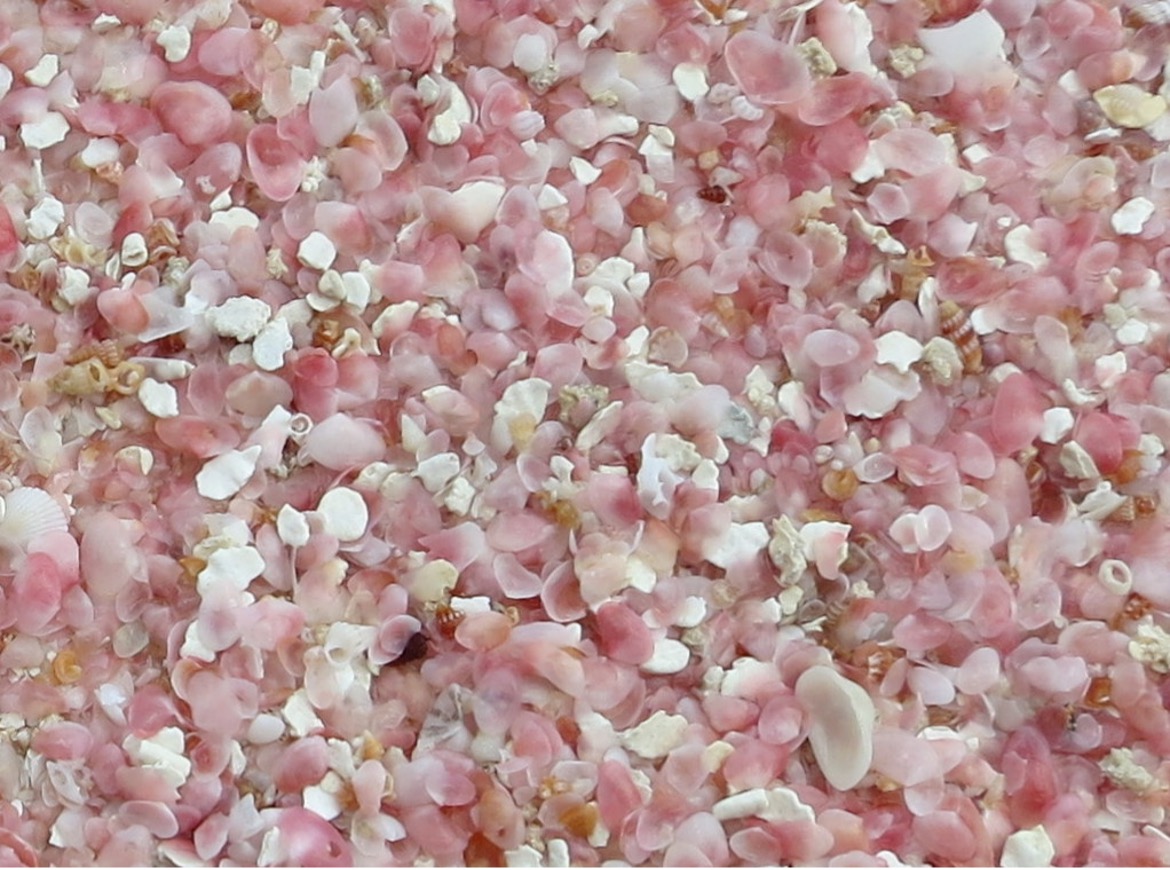Hope and Opportunity on the Beautiful Island of Barbuda
Originally published on the (now archived) National Geographic blog.
March 19, 2013
Low Bay on the northwestern shore of Barbuda.

This island grows and grows on me. It is my fourth trip to Barbuda (part of the country Antigua and Barbuda) in the last six months. I am here to launch a comprehensive ocean zoning initiative called Barbuda Blue Halo, an exciting collaboration between the local government and the Waitt Foundation with the goal of sustainable management. But I’ll save talk of that for a later post. For now, I want to share some of my experiences and observations, and provide context for future posts about the project. A bit of an ode…

So, meet Barbuda. First, it woos you with its pink sand beaches and shockingly turquoise water. Glorious. And, greedily, the best thing about the coastline is how few people you have to share it with. The island of 62 square miles (161 square kilometers) only has an estimated 1,500 residents, all concentrated in the town of Codrington. For tourists, there are only three hotels, with a total of around 50 rooms, and a few guesthouses, though many also arrive by sailboat.
The Lagoon. It is a Ramsar site, a wetland of international significance, with sea turtle nesting beaches and one of the world’s largest colonies of the (aptly named) Magnificent Frigatebird. It is encompassed by the Codrington Lagoon National Park, and has extraordinarily extensive (and almost completely intact) mangrove and seagrass ecosystems. It provides an ideal habitat for juvenile lobsters, and is therefore critical to the health of the lobster population and local economy.
Codrington Lagoon, with its extensive mangroves and seagrasses, magnificent frigatebirds, sea turtle nesting beaches, and juvenile lobster habitat, is a Ramsar-designated wetland of international significance.
The lobster. After the public sector, the lobster fishery represents the largest part of the economy, estimated at about 40%. Lobster is caught in traps and by SCUBA diving. I’ve had the pleasure of going lobster diving on three occasions with local fishermen. With a simple loop of wire at the end of a rod, they lasso lobster well before I can even spot them.
Vernon Joseph, my favorite Barbudan lobster fisherman/squash and citrus farmer.
The kindness. Local community members and business owners have been generous with me in innumerable ways after learning that I’m here to do work focused on improving the sustainability of fishing. Thank you Kelly for your insight and pep talks. Thank you to the Barbuda Council for inviting me and the Waitt Foundation in to organize an island-wide look at how ocean resources could be better managed. Thank you to the women of the Council office for helping me to get things done. Thank you Sir Hilbourne for walking me through the legal system. Thank you Henry, Roy, and Zander for showing me around the land and waters. Thank you Orlando for thinking through the practicalities of implementing this project. Thank you Myra for complimenting my dance moves. Thank you Wade for helping me understand the politics. Thank you Lindy for shipping my cargo. Thank you Karen and Keisha for befriending me. Thank you Cerene and Caron for the special accommodations. Thank you Vernon for the grapefruits, Henry for the peppers and okra, and Gail for the watermelon from your gardens.
Left: Roy (Fisheries Technician) and Alexander (Ranger for Codrington Lagoon National Park). Right: Me with Kelly Burton (Park Manager) – nice Waitt Foundation cap!
Speaking of food... yum. Agriculture is limited now (though farming used to be more common and the island used to export lots of produce), but squashes are commonly grown, and I’ve found local eggs, scallions, zucchinis, and more. There are a few restaurants and half a dozen people who grill meats and corn along the roads. Everything I’ve tasted has been delicious, including, of course, the lobster.
Left: Biga with his delicious corn and watermelon. Right: Irose at her roadside produce stand (I’m a regular customer).
The roads. Shared by bicycles, cars, and pedestrians. Driving theoretically occurs on the left, but in reality is a freestyle activity due to the potholes. But soon you memorize all the obstacles, learn to anticipate the wildlife (donkeys, horse, cows, goats, dogs), and it becomes a ballet.
The land. “All land in Barbuda is owned in common by the people of Barbuda.” No one even owns the land their house is built on. I find it beautiful that collectivity is rooted so deeply in the culture and laws. If you want to build a house or start a farm, you find a space and it can become yours. Of course, this is made feasible by the small population, but the result is that people come back. The Barbudan diaspora is focused in the Bronx, New York (which is fun for me since most people have been to my home town of Brooklyn), Leicester, England, and Toronto, Canada. But when northern, urban life gets taxing, or it comes time to retire, or absence makes the heart grow fonder and they realize just how wonderful it is here, people come back. Sometimes finding ways to split the year between places, sometimes returning for good. It’s home, in the greatest sense.
A pregnant donkey — unassuming from the side, but absurd when it turns to face you.
And the donkeys. They say there are more donkeys than people, and I believe it. Not to be believed, however, is the storybook lore that the sound they make is “hee-haw hee-haw.” Completely false. Rather, I can best describe the sound as “grunt-squeak grunt-squeak.” It cracks me up. It also amuses me when a pregnant donkey turns to face you, and what looked unremarkable in profile is suddenly double-wide.
It’s not all donkeys, and lobster, and boat rides, though. There are serious challenges. Barbuda has not escaped the global diabetes epidemic, sand mining is a major source of government revenue, there are a bunch of leases for pending coastal development, the coral reefs I’ve seen so far are in rough shape, and fishermen talk of how depleted the waters are compared to what they once were. But these problems have solutions, and as far as the ocean is concerned, I’m here to work with the community to find them.
Vernon pointing out one of the last living staghorn corals in Palastar Reef Marine Park.
So, that’s Barbuda, in a nutshell, through my eyes, so far. It’s an easy place to love, and I get a thrill each time someone asks me who I’m related to and here to visit. Would that I were so lucky to be born into such an island.
Two Foot Bay on the northeast coast, highest point on the island and popular camping spot.








